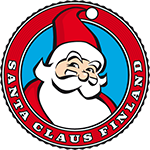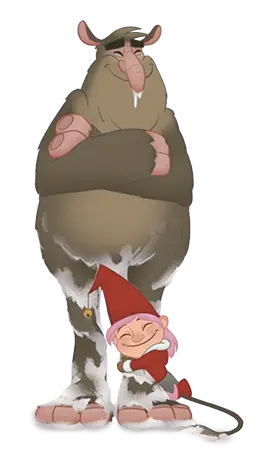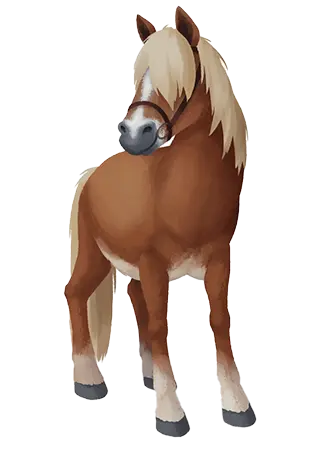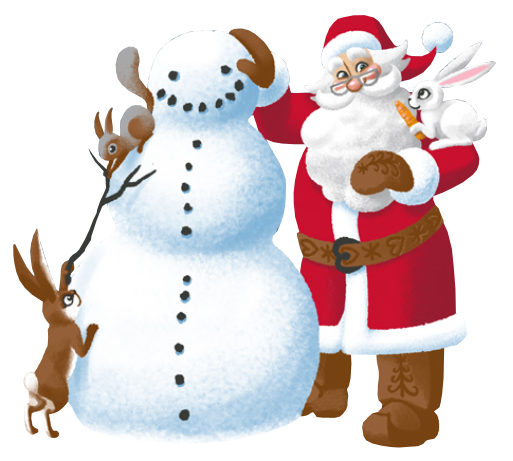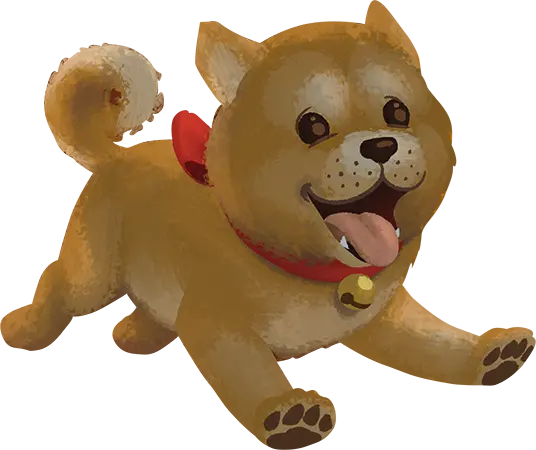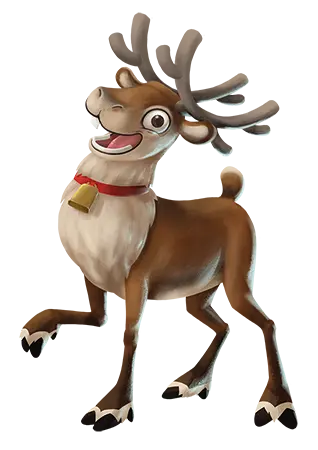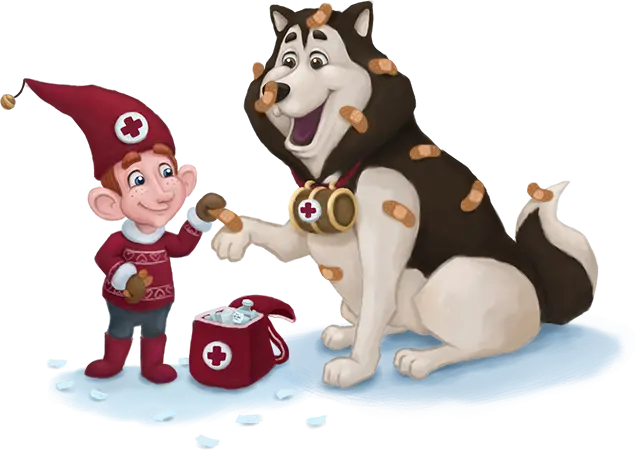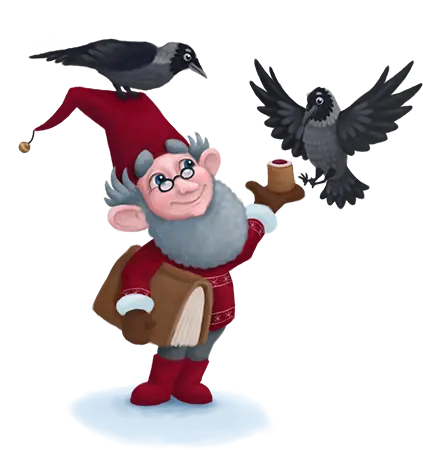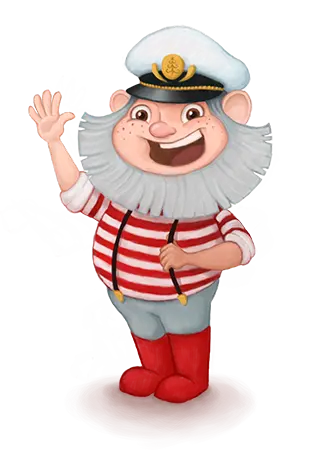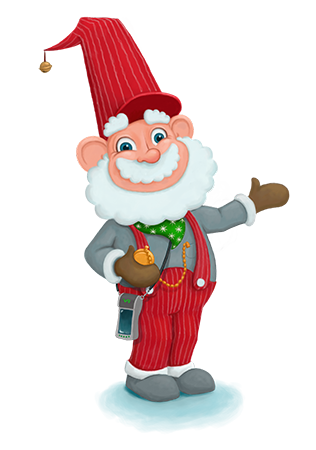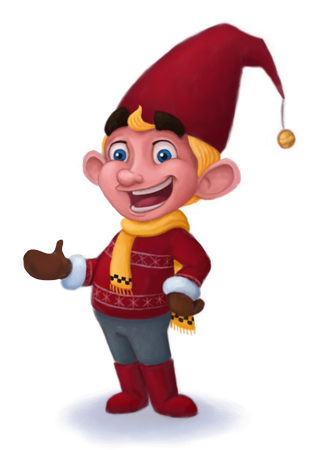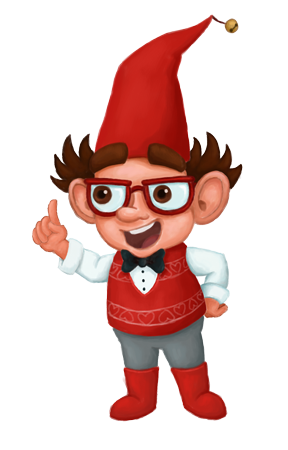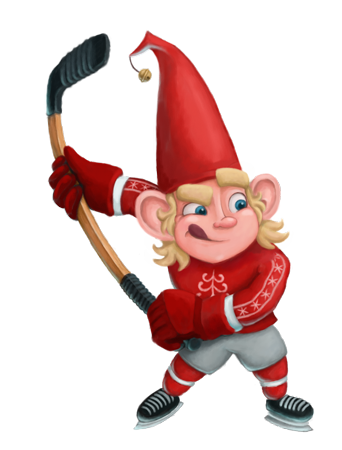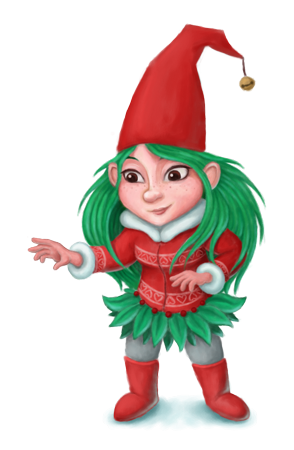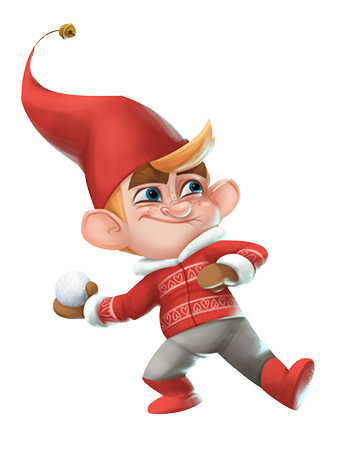Santa Claus is a fixture in Finnish society, alongside the traditional Christmas Eve. At various events, Christmas parties for companies and schools, and of course in shopping centres and Christmas-related marketing events. After all, Christmas is the most important time of the year for retail and speciality goods sales, gifts are wanted and given. Families with children are still eager to write letters to Santa Claus.
The commercialisation of Santa Claus is also criticised - on the subject and sometimes just on principle. Santa Claus is actively involved in Finnish tourism marketing, especially in the Far East, China, Korea and Japan, where the Finnish Santa Claus is a much-loved guest. Tourists from Asian countries have also been a familiar sight in Finnish Lapland and the Santa Claus Chamber in Rovaniemi has provided an exotic and mystical Santa Claus experience for thousands and thousands of foreign tourists.
The controversial question is of course how ”commercial” Santa Claus can be, the euros brought in by tourists are very important, especially in Lapland, and the benevolent figure of Santa Claus has made Finland known around the world.
Santa Claus is in demand
The family has a summer cottage in Sodankylä, and as tourists from the south we have travelled there in different seasons. But we've never been keen on those Arctic Circle ”Santa Claus” festivals. Too commercial for our taste. I wish (all) Santa Claus were even more present as an ambience builder, a spokesman for children and a light bringer on environmental issues. After all, we have to protect the Korvatunturi from the effects of climate change, loss of biodiversity and clear-cutting and forest fires etc etc etc!!! Santa would have TIME to do this on the other 364 days of the year?
Helena Seppälä, Orivesi
The department store Santa Claus delighted
I can't say when I first saw a commercial Santa Claus in a red suit. Most likely it was sometime in the early 1950s. Starckjohann built a fancy department store in Lahti, and it had a lot of Christmas decorations in the shop windows, with mechanically moving figures. For the people of Lahti and for the country people visiting Lahti, the sight was as important as the Stockmann Christmas window was for the people of Helsinki.
Anneli Mäkelä-Alitalo, Helsinki
Flying Santa Claus
It was in the late fifties when I got to see a real Santa Claus. All the pupils from our school were pedalling in line on a grey day in November and December to the church village of Ylänene. The roads and shop yards were full of us waiting for Santa Claus. In reality, at least we boys were more interested in the helicopter. It was a great curiosity at the time, and perhaps none of us had ever seen a helicopter landing. The site of the present co-operative bank was then a hay field and that's where the miracle landed. The rotor slowly quietened down and finally the door of the glass dome opened and Santa Claus rolled out, accompanied by a panda the size of himself. They came over to the shelter fence to wave and I guess to have a little chat with those around them. The panda handed out sweets from his endless supply. Then these Christmas wonders slid back into the glass bubble. The rotor revs increased and the engine noise was terrific. And suddenly, the miracle shot straight up, disappearing into the misty sky.
Jorma Aaltonen, Yläne Jyväskylä
Christmas at the western border
On Christmas Eve I sat in my living room, looking at the live candles flickering in my tree, I've never had electric candles in my house. They were not in my childhood home either, it was not possible because there was no electricity in my village, the candles flickering from the Swedish houses on the opposite bank of the Tornio River may already be electric candles. Our Christmas tree was small and there was no room on the floor for a tree, so it was hung from the ceiling. My sister and I sometimes tied a few candles to the branches of the tree with string, we had to be very careful, but we didn't have a fire from the candles. I looked at the modest decorations on my tree, those brats had a story behind them. The main ornament was and is a small 5x3sm flat fringed at both ends, wrapped in green tissue paper, with a glued-on glossy picture of a pink angel playing a violin. This ornament has been with me since I moved out on my own. I was maybe 3-4 years old when I got it from Santa. Of course it was hung on the tree straight away, I thought it was lovely. I hoped there was something good inside the beautiful wrapping paper and one night, while my mum and dad were asleep, I crept over to the tree, removed my treasure and gently tore off a corner of the paper. To my disappointment, inside was a small piece of plywood. As I look at it, I am reminded of the many wonderful Christmases of my childhood, when Finland was fighting for its independence, when there were only the necessities of life in a small rural village on the edge of the Arctic Circle, and when a child could not miss things he did not know about.There was talk of Christmas, Santa Claus and elves, my sisters, already at school, chatted about the Christmas tree festival, rehearsed the programme and twittered about the mysterious Santa Claus and elves. Even though my home was small and poor, Santa Claus came every Christmas. Santa Claus came every Christmas.
Toini Marjamaa, Lautiosaari, Keminmaa
The world is changing, will Santa Claus change?
In the early days, Santa Clauses, Father Christmases and Frost Santas were mysterious, sometimes invisible, gift-givers cloaked in the costumes of their respective cultures. Then a merchant saw Santa Claus as a business opportunity. Coca-Cola, the big American drinks company, launched a red-cheeked Santa Claus dressed in bright red clothes as the mannequin for its miracle drink. The drinks trade exploded worldwide, and with it all the Santas and Frosties in Europe began to dress in red. At the same time, the merchants loaded the red Santas with more and more loads of presents every year. The commercial Christmas with its mountains of goods transformed a restrained and modest birthday celebration into a gluttonous feast of food and drink, just like the original Saturnalia. Here too, history's miraculous pendulum swing is about to be realised. Imagine that the pendulum cycle is 2000 years, and today we are at a turning point. Commercialism will fall by the wayside as people tire of the abundance of goods, and at the same time spiritual values will rise to new heights. The theme of a new, more spiritual Christmas may be new and unpredictable, though, as humanity is constantly forced to consider its future in the face of limited conditions. But I believe that the Christmas of the future will also involve Santa Claus in one way or another. If not as a bearer of gifts, then as a messenger of goodwill, spreading peace and happiness among people.
Jorma Aaltonen
The above stories have been obtained from the Finnish Literature Society's archive and the Santa Claus Foundation's joint heritage collection 2020-21.The story collections have been edited by Ollijuhani Auvinen. The Joulupukkisäätiö was established in 2000 and its mission is to promote the Finnish Santa Claus worldwide. The Foundation collects traditional material related to the Finnish Santa Claus. The Finnish tradition of Santa Claus is also inscribed on the National Inventory of Living Heritage under the UNESCO Cultural Heritage Convention.
The borrowing of traditional inscriptions is only allowed with the permission of the Santa Claus Foundation. The email address of the Foundation is [email protected]. You can also send your own Santa memories to the email address to be stored for researchers to use.
